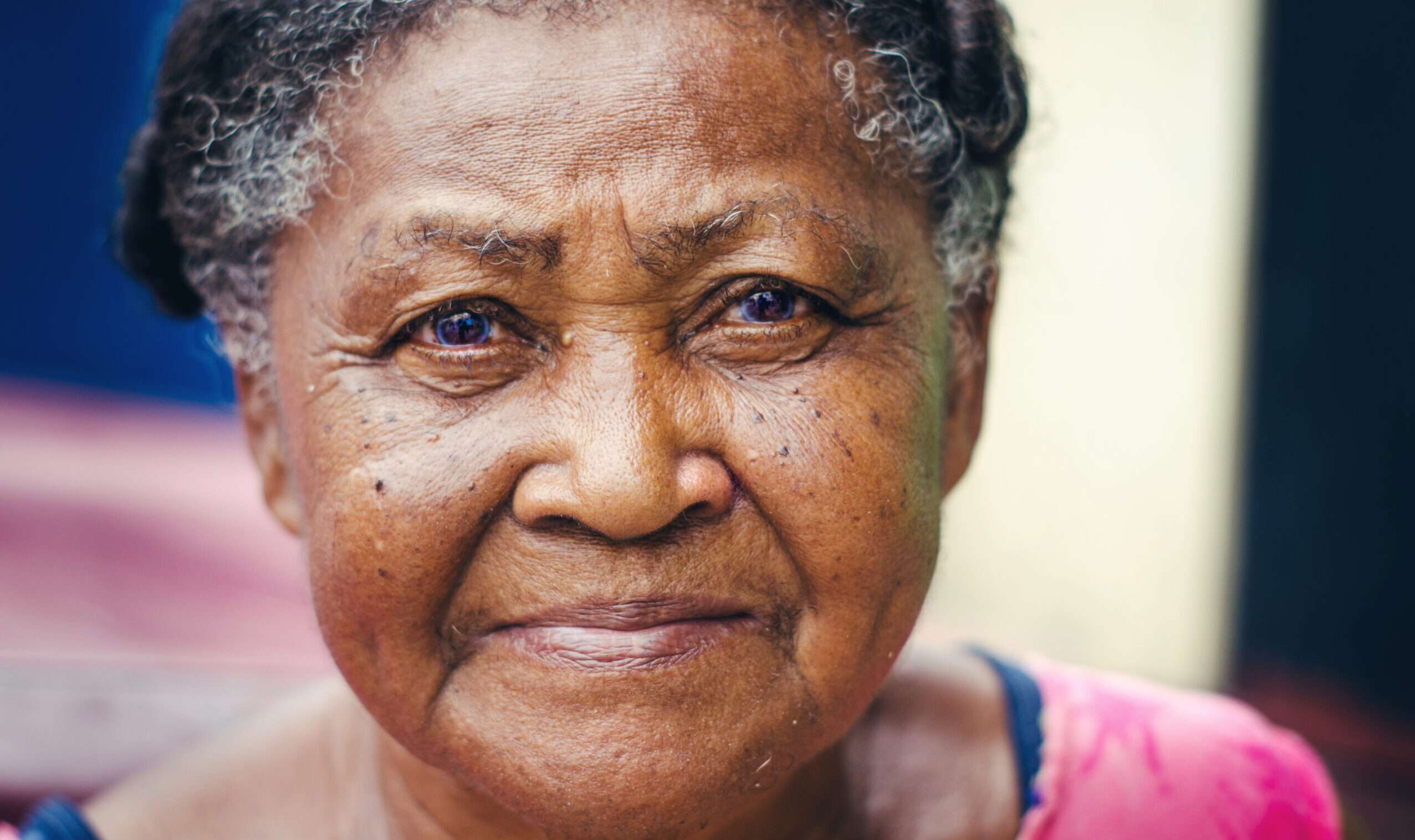
Updated December 2023.
How Many Older Adults Experience Homelessness?
Age demographics were included in the annual Point-in-Time Count for the first time in January 2023. On a single night in 2023:
- 138,098 adults over the age of 55 were homeless.
- Nearly 1 in 4 people experiencing unsheltered homelessness (living in places not meant for human habitation) were over the age of 55.
Before 2023, there had not been definitive national information on the number of older adults experiencing homelessness. However, projections based upon analysis of three major U.S. cities estimated that homelessness among older adults is expected to nearly triple in 2030, and the population of adults aged 65 and older experiencing homelessness is anticipated to grow from 40,000 to 106,000.
Because people experiencing homelessness tend to live with unmanaged chronic disease and limited access to healthcare, their health profiles are commonly associated with those of older individuals. Further research shows that people experiencing homelessness in their 50’s have been found to experience geriatric conditions such as memory loss, falls, and functional impairments at rates that compare to members of the general population in their 70’s.
For this reason, people experiencing homelessness aged 50 and older are often considered “older adults” whereas the older adults are more commonly considered age 65 and older for the broader population.
Why Do Older Adults Experience Homelessness?
The root causes for homelessness among older adults are diverse. These can include community-level factors such as lack of accessible and available housing and limited safety net resources. They also may include individual risk factors, such as medical problems, health-related behaviors such as substance use disorders, social factors (e.g., social isolation, barriers to transportation), and financial insecurity.
At the same time, housing is unaffordable and the costs of necessities like healthcare leave older adults further at risk of poverty and homelessness. Adults who experience homelessness for the first time before age 50 tend to have had adverse experiences, substance use disorders, or mental health challenges; have been involved in the justice system; and/or were under-employed early on in life. On the other hand, those who first experience homelessness at age 50 and older typically have experienced a financial or health crisis, lost a loved one, or otherwise experienced a relationship breakdown with the income-earner, and/or experienced barriers to continued ability to work.
As with the broader population of people of color experiencing homelessness, structural racism and discriminatory practices are primary drivers of homelessness for older adults of color, likely impacting a variety of factors including access to housing, employment, income, healthcare and mental services; overall quality of care; and experiences with the justice system.
Ending Homelessness for Older Adults
Homelessness and housing resources, such as emergency shelters, temporary housing, and permanent housing, are often not prepared to meet the complex physical health, social, and psychological needs of older adults. Researchers as well as service providers and community-based organizations acknowledge the need to modify or develop programs, services, and supports that consider their specific needs. Of course, key efforts to address homelessness for older adults include building and maintaining partnerships among the various sectors who engage with older adults, such as community-based organizations, and those focused on aging, homelessness, healthcare, mental health, and housing. It further demands the leveraging of public funding and service integration to scale up solutions that meet the needs of this population.
